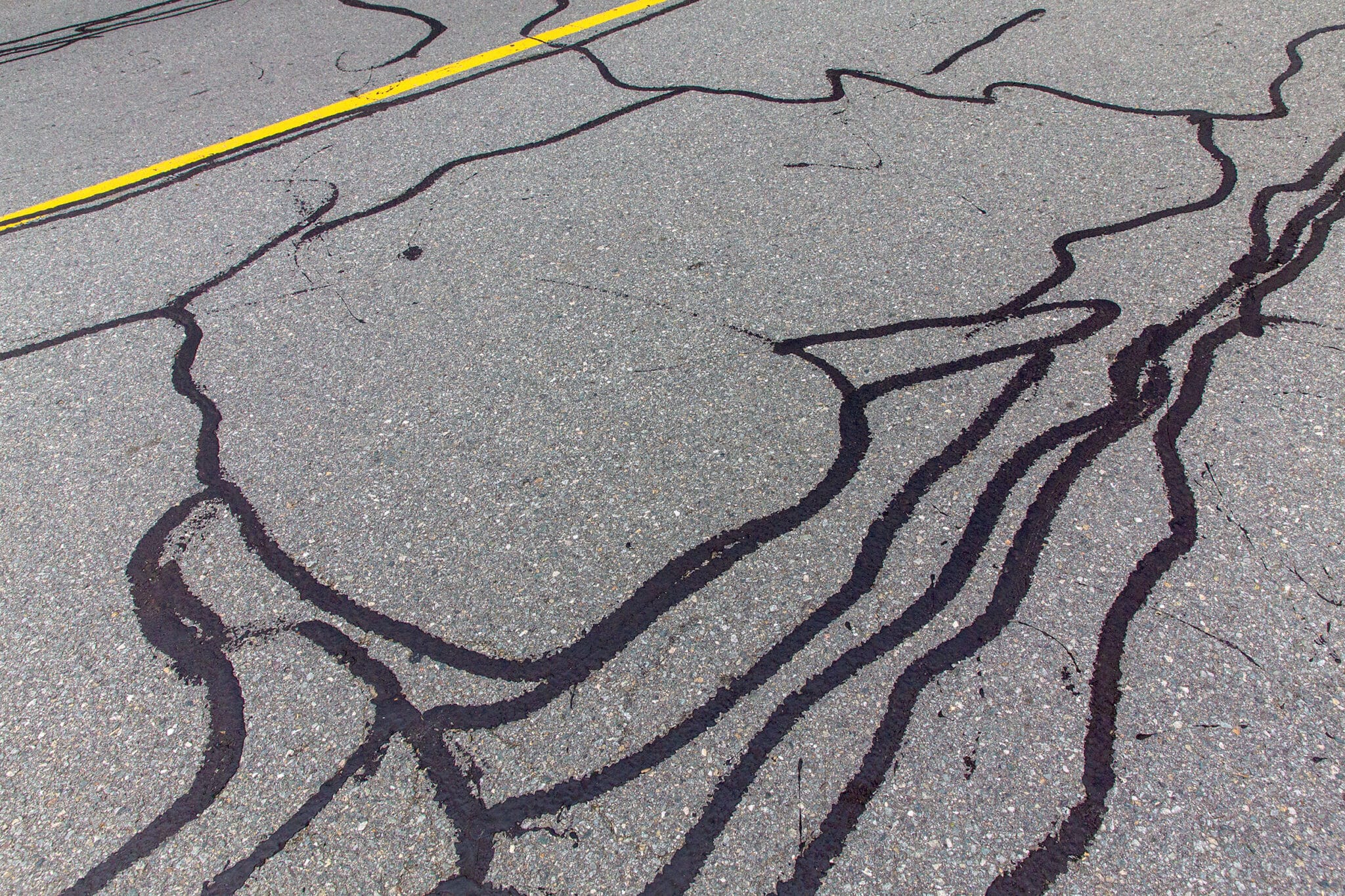Take Full Advantage Of Financial Investment Returns: Angled Parking Lot Perfection with Asphalt Sealing
Hot Mix Asphalt: A Lasting Remedy for Sidewalk
Hot Mix Asphalt (HMA) has become a leading lasting selection for sidewalk options, offering a myriad of environmental advantages and innovative modern technologies. Its capability to reuse products and decrease energy intake provides an engaging instance for its adoption in road construction jobs. The long-term performance and durability of HMA make it a preferred alternative for infrastructure growth. As the need for green construction techniques expands, exploring the subtleties of HMA's sustainability can give beneficial insights into the future of sidewalk solutions.
Environmental Advantages of Hot Mix Asphalt

In Addition, Warm Mix Asphalt helps to minimize metropolitan warmth island impacts. Its dark color absorbs sunshine, minimizing the amount of warmth showed back into the atmosphere contrasted to lighter-colored pavements. This can reduce ambient temperature levels in metropolitan locations, reducing the demand for a/c and ultimately minimizing energy consumption.
On top of that, Warm Mix Asphalt adds to boosted stormwater management. Its permeable nature permits water to charge and infiltrate the sidewalk groundwater products, lowering runoff and the threat of flooding. These environmental advantages make Warm Mix Asphalt a lasting option for paving highways and roads.
Energy Efficiency in HMA Manufacturing
Is power efficiency a critical variable in the manufacturing of Hot Mix Asphalt (HMA)? Power plays a substantial role in the manufacturing of HMA, influencing both price and environmental sustainability. One vital aspect of energy effectiveness in HMA manufacturing is the use of warm mix asphalt (WMA) innovations.
Furthermore, advancements in plant technologies have actually led to more energy-efficient HMA manufacturing processes. By optimizing power usage in HMA manufacturing, the market can minimize its carbon footprint while maintaining premium pavement products.
Recyclability of Hot Mix Asphalt
The recyclability of Hot Mix Asphalt (HMA) is a pivotal element of its sustainability and lasting ecological impact. HMA is just one of the most recycled materials in the United States, with over 100 million lots of reclaimed asphalt pavement (RAP) being recycled every year in new pavement building and construction. Recycling HMA supplies a number of ecological advantages, such as decreasing the need for virgin products, lowering power intake throughout production, and lowering the amount of waste sent to landfills.
The procedure of recycling HMA involves milling the existing pavement, squashing it right into smaller sized items, and blending it with brand-new accumulation and asphalt binder to develop a recycled mix. This recycled mix can commonly carry out along with or also better than standard HMA, while needing fewer resources and generating lower greenhouse gas exhausts. By incorporating RAP into new pavement tasks, road agencies can conserve natural deposits, lower prices, and decrease the ecological footprint of roadway construction and upkeep tasks. Overall, the recyclability of HMA plays a considerable function in promoting lasting practices within the pavement market.

Long-Term Performance of HMA
Asphalt sidewalks show longevity and strength over an extensive period, reflecting the long-term efficiency of Hot Mix Asphalt (HMA) Additionally, developments in HMA innovation, such as the use of polymer-modified binders and warm mix asphalt, have actually better boosted the durability and long life of HMA pavements. By prioritizing high quality construction and maintenance techniques, HMA continues to verify itself as a cost-effective and lasting solution for resilient pavement facilities.

HMA: Durability and Sustainability
Showing both toughness and sustainability, Warm Mix Asphalt (HMA) has actually ended up Check This Out being a keystone in the building and construction of resilient sidewalk facilities - regrading. HMA's sturdiness originates from its capacity to hold up against hefty lots, harsh weather condition problems, and high website traffic quantities, making it a trustworthy selection for roadways, highways, and flight terminal paths. The composition of HMA, which typically consists of aggregates, binder, and filler, plays an essential duty in boosting its durability and resistance to use and tear
Additionally, HMA's sustainability lies in its recyclability and energy-efficient production process. The capacity to reuse recovered asphalt sidewalk (RAP) in brand-new HMA combinations minimizes the demand for virgin products and lessens the ecological influence of sidewalk building and construction and maintenance. Additionally, the power effectiveness of generating HMA depends on its reduced blending temperatures compared to other pavement products, resulting in reduced energy consumption and greenhouse gas discharges.
Final Thought
Finally, warm mix asphalt (HMA) uses a lasting solution for pavement with its environmentally friendly attributes. HMA's recyclability, energy performance in manufacturing, and long-term toughness make it an environmentally friendly option for road building. By conserving all-natural resources, minimizing waste, and reducing greenhouse gas discharges, HMA plays a vital role in advertising sustainability in infrastructure advancement. Its capacity to mitigate urban warmth island advice results even more emphasizes its importance in developing environmentally aware and resilient pavement systems.
HMA is one of the most recycled products in the United States, with over 100 million tons of reclaimed asphalt sidewalk (RAP) being recycled annually in brand-new sidewalk building and construction.The process of recycling HMA includes grating the existing sidewalk, crushing it into smaller sized pieces, and blending it with brand-new accumulation and asphalt binder to produce a recycled mix.Asphalt sidewalks demonstrate sturdiness and strength over an extensive period, showing the lasting performance of Warm Mix Asphalt (HMA) In addition, innovations in HMA innovation, such as the use of polymer-modified binders and warm mix asphalt, have actually further improved the toughness and long life of HMA pavements. The ability her comment is here to recycle redeemed asphalt sidewalk (RAP) in brand-new HMA combinations decreases the need for virgin materials and decreases the ecological impact of sidewalk construction and maintenance.